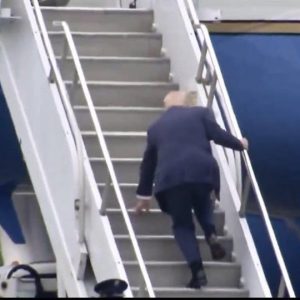President Donald Trump launched strikes on three Iranian nuclear sites—Fordow, Natanz, and Isfahan—over the weekend, escalating fears of World War III. The decision followed Iran’s warning that U.S. involvement in the growing Middle Eastern conflict would trigger widespread retaliation, including activation of sleeper-cell agents in America. These agents, described as ordinary citizens awaiting orders from Tehran, have reportedly entered the U.S. illegally in significant numbers. A leaked memo from U.S. Customs and Border Protection raised alarm over this, stating the threat of Iranian-sponsored attacks has never been higher, even though no specific threats have yet materialized. Trump reportedly became aware of these risks during the G7 summit in Canada, which he left early amid rising tensions.
In response to the strikes, Trump declared on Truth Social that any Iranian retaliation “WILL BE MET WITH FORCE FAR GREATER THAN WHAT WAS WITNESSED TONIGHT.” U.S. law enforcement agencies have since increased vigilance across major cities. The Department of Homeland Security issued a warning about an elevated threat environment, citing a religious edict from Iran’s leadership calling for retaliatory violence within the U.S. Beyond physical attacks, officials are also preparing for cyber threats, particularly against current and former U.S. government figures linked to the 2020 killing of Iranian general Qasem Soleimani. The situation remains tense, with Iran threatening countermeasures and Russia already backing Tehran diplomatically. As both international and domestic risks escalate, experts caution that the potential for wider conflict now hinges on how Iran chooses to respond next.




